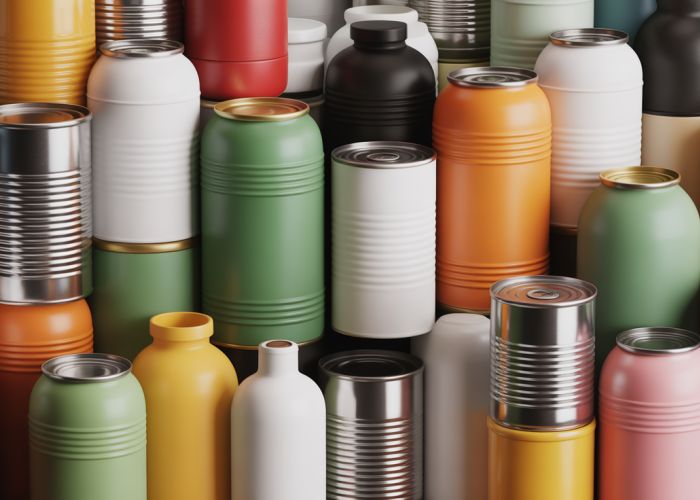Cylindrical faces, fundamental to understanding CAD (Computer-Aided Design), are characterized by their unique geometry. SolidWorks, a leading software for 3D modeling, relies heavily on the accurate definition of these faces for creating complex parts. Precisely what cylindrical faces include is determined by parameters such as radius and axis, crucial for ensuring design integrity. Furthermore, the American Society of Mechanical Engineers (ASME) establishes standards that govern the tolerancing of cylindrical features. The principles of Geometric Dimensioning and Tolerancing (GD&T) are essential for specifying the allowable variations in cylindrical face geometry.

Understanding Cylindrical Faces: A Comprehensive Guide
This guide aims to provide a thorough understanding of cylindrical faces, focusing on their characteristics, examples, and practical applications. Specifically, we will address the core question: "what cylindrical faces include."
Defining Cylindrical Faces
A cylindrical face, in its simplest form, is a surface generated by a straight line (called the generatrix) moving parallel to a fixed axis while maintaining a constant distance from that axis. Imagine a line rotating around an axis; the surface it sweeps out is a cylinder. However, the term "cylindrical face" within a technical context often refers to more than just perfect cylinders.
Key Characteristics
- Generatrix: The straight line that defines the surface.
- Axis: The central line around which the generatrix moves (or remains parallel to).
- Constant Distance (Radius): The fixed distance between the generatrix and the axis. This is what defines the radius of the cylinder.
- Curvature in One Direction: Cylindrical faces are curved in one direction only. In the direction perpendicular to the axis, they are straight.
What Cylindrical Faces Include: A Detailed Breakdown
When we ask "what cylindrical faces include," we’re not just talking about perfect, complete cylinders. The term encompasses a broader range of shapes. Here’s a detailed breakdown:
Full Cylinders
This is the most straightforward example. It includes the entire surface of a cylinder, closed at both ends by circular faces.
Partial Cylindrical Surfaces
These are sections of a cylinder. Imagine cutting a cylinder lengthwise; the remaining piece represents a partial cylindrical surface. This is common in many manufactured parts.
- Examples:
- The curved section of a pipe.
- A curved panel in a machine housing.
- The outer surface of a bearing race.
Cylindrical Bores
These are internal cylindrical surfaces, like the inside of a hole drilled with a cylindrical drill bit. While they are "inside," they are still considered cylindrical faces.
- Examples:
- A drilled hole designed to house a pin.
- The inside of a cylinder in an engine.
- The hollow portion of a bushing.
Conical Cylindrical Faces
This is where things get a bit more nuanced. Technically, a cone is not a cylinder. However, in practical usage, especially within some CAD/CAM systems, a very shallow cone might be treated as an approximation of a cylinder. This is particularly true when the taper is extremely small.
Examples and Applications in Different Industries
To further illustrate what cylindrical faces include, consider these examples across different industries:
| Industry | Application | Example of Cylindrical Face |
|---|---|---|
| Automotive | Engine Components | Cylindrical bores in the engine block for the pistons. |
| Manufacturing | Shaft Supports | Outer surface of a cylindrical bearing. |
| Piping | Fluid Transportation | Inner and outer surfaces of pipes. |
| Construction | Support Structures | Cylindrical columns or pillars (sometimes approximated). |
| Medical Devices | Medical Implants | Cylindrical portions of bone screws or prosthetic devices. |
| Aerospace | Aircraft Fuselage Sections | Curved panels of the aircraft’s fuselage (approximated). |
Common Misconceptions
- Cylindrical faces must be perfectly round. This is false. Partial cylindrical surfaces are still considered cylindrical faces.
- Cylindrical faces must be closed. This is also false. Many applications involve open cylindrical surfaces.
- All curved surfaces are cylindrical faces. This is definitively false. Spheres, ellipsoids, and freeform curves are not cylindrical faces. They require a different set of geometric descriptions. Only surfaces that can be generated by a straight line moving parallel to an axis qualify.
Cylindrical Faces: Frequently Asked Questions
Here are some common questions about cylindrical faces and their characteristics, applications, and importance in engineering and design.
What exactly defines a cylindrical face?
A cylindrical face is a 3D surface generated by a straight line (the generatrix) moving parallel to a fixed axis while maintaining a constant distance. Think of it as the surface of a cylinder, but it doesn’t necessarily need to be closed.
Are there different types of cylindrical faces?
Yes, cylindrical faces can be open or closed, and they can be right cylinders (axis perpendicular to the base) or oblique cylinders (axis not perpendicular to the base). What cylindrical faces include, ultimately, depends on those specific factors.
Where are cylindrical faces commonly found in real-world objects?
Cylindrical faces are incredibly common. Examples include pipes, shafts, cans, and many machine parts. The geometry of these shapes often incorporates cylindrical features for functionality and ease of manufacturing.
Why are cylindrical faces important in CAD and engineering?
Cylindrical faces are fundamental in CAD because they are easily defined and manipulated mathematically. This makes them ideal for representing numerous real-world objects and simplifies calculations related to volume, surface area, and stress analysis.
So, there you have it – everything you need to know about cylindrical faces and especially what cylindrical faces include. Hope this helped clear things up! Now go create something amazing!



